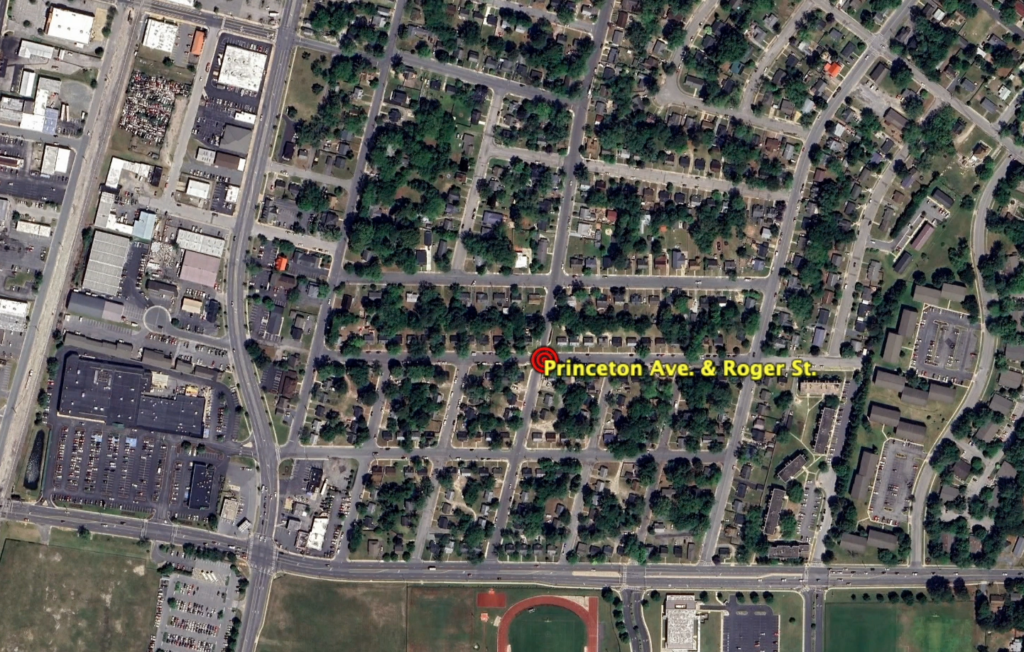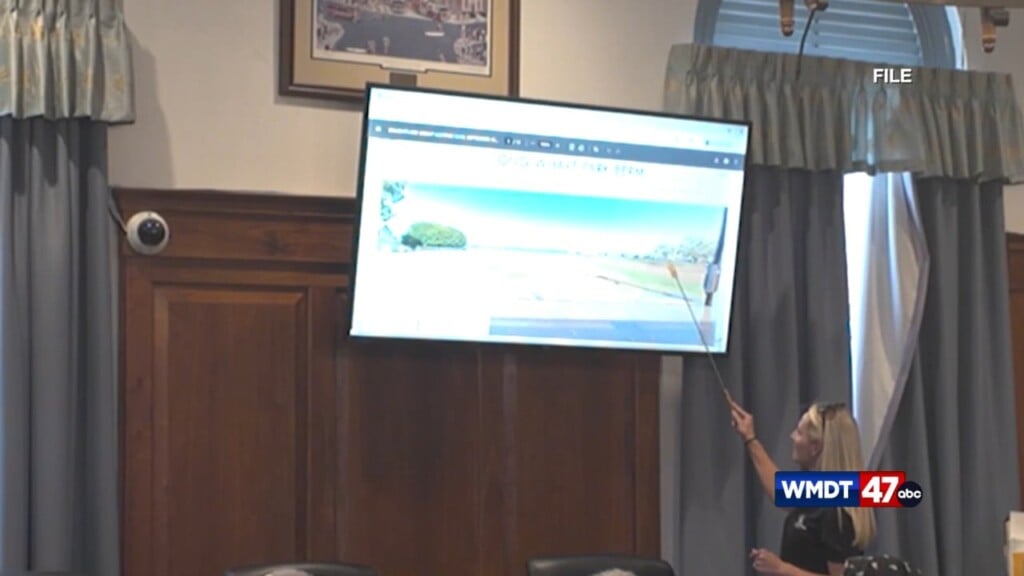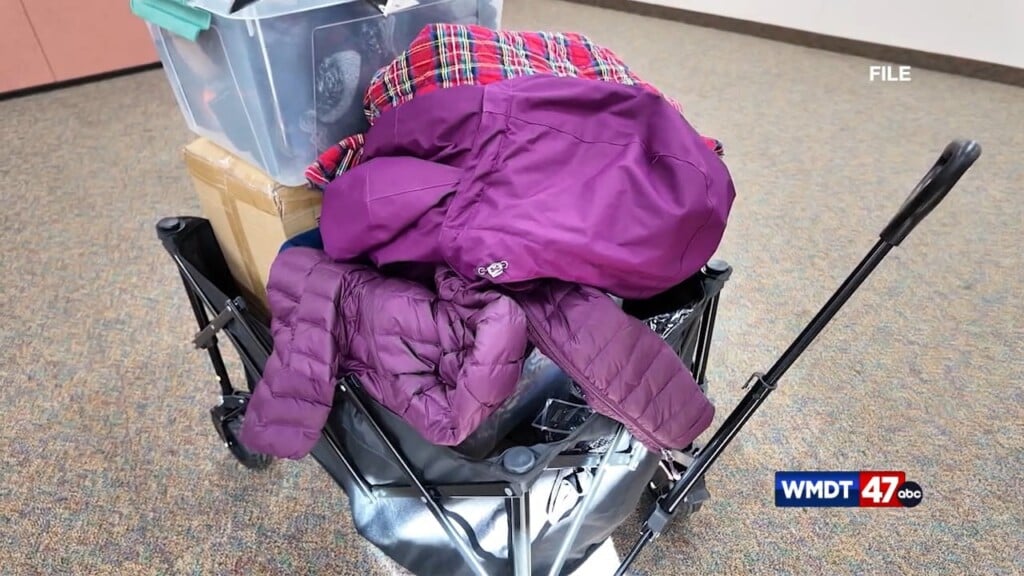SNAP recipients get $6 per day to eat on average, say hunger relief advocates
MARYLAND – The average person receiving SNAP benefits gets just $6 per day to feed themselves, according to the Food Research & Action Center.
“Insufficient” Funds
Allotment calculations are based on household size, income, and expenses; however, the average assistance is not enough, says Director of Maryland Hunger Solutions, Michael J. Wilson.
“I think most people recognize that $6 a day is insufficient for any kind of healthy diet, or even an unhealthy diet,” Wilson said. “One of the things that we recognize is there is often more month than there is benefits. People run out of benefits before the end of the month.”
And, during the COVID-19 pandemic, Americans relied on SNAP in historic numbers, says Wilson. Even then, he says the allotments left bellies hungry.
“That reflected the need, based on unemployment, the loss of hours, and all challenges people were facing. A single person household in Maryland was getting $281,” said Wilson. “I believe that most of us who live in single person households know that that’s actually insufficient. But, it’s still so much better than having the pandemic-era benefits taken away.”
SNAP Nutrition Security Act
Currently, the SNAP Nutrition Security Act is making its way through Congress. The legislation would authorize the USDA to study which food items are being bought under SNAP, and to potentially make a report with recommended changes. It has the support of organizations like the American Heart Association and Nemours Children’s Health.
“SNAP plays a crucial role in alleviating poverty and food insecurity, but needs to do better at improving nutrition security and diet quality for program participants,” said bill sponsor, U.S. Senator Corey Booker of New Jersey, in a statement. “We need timely, comprehensive data to determine SNAP’s impact on nutrition security and diet quality in order to effectively promote access to nutritious food, improve the well-being of SNAP recipients, and help address our nation’s alarming increase in chronic diet-related diseases, such as diabetes, heart disease, and cancer.”
More Harm Than Good, Say Some
However, some hunger advocates believe the bill could do more harm than good.
“We know that the biggest challenge low income people have is that they’re low income,” Wilson said. “To try to do legislation that looks at the health security of low income people is like looking at it through a microscope.”
Wilson says low income people face barriers, not involving nutrition, that impact their health and quality of life. Improving that access, he says, would be the biggest step in helping those folks.
“We know the reason people who are homeless are unhealthy is not about their diet,” said Wilson. “We know the reason people who are coming out of incarceration, or [who are] having challenges with employment – the reason they’re unhealthy is not because they’re on SNAP; it’s a whole host of reasons.”
With this legislation, hunger relief advocates worry about potential future cutbacks to SNAP benefits. “Taking those big amounts – those millions of dollars of federal benefits out of our states – has a negative impact on employment, on nutrition, and on the economy,” Wilson said.
Breaking the Stigma
Wilson also says SNAP recipients are stigmatized; adding, another big step in assisting them, would come with ending that stigma.
“The hardest thing to do for most people is to just say ‘I can’t feed myself and my family. I need help,’ and to call a stranger, or an organization they weren’t familiar with before, and get that kind of help,” said Wilson. “We want to make sure that we have a system that keeps folks healthy, and that is fulfilling for our community. That’s what we need more than anything else.”


